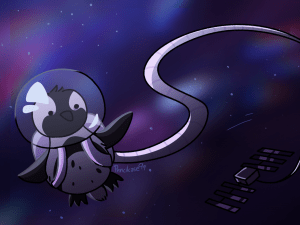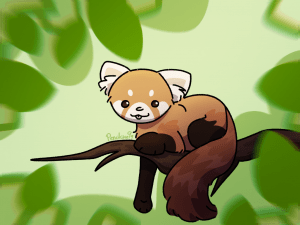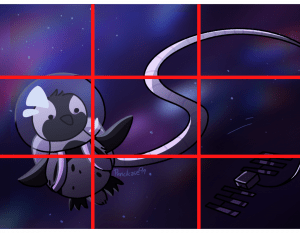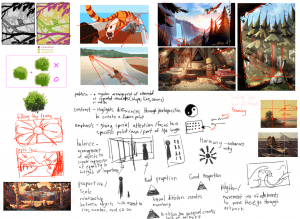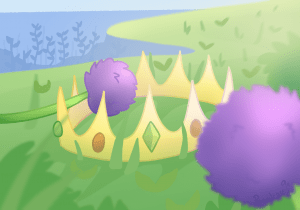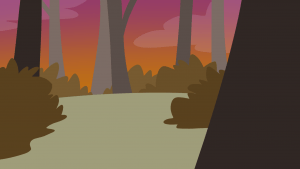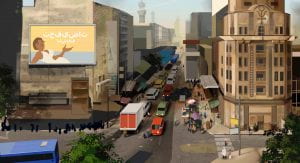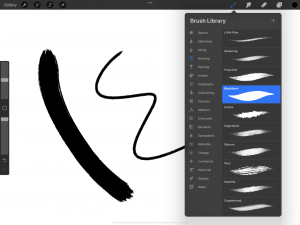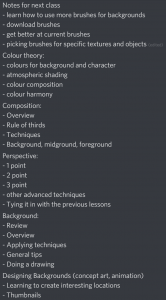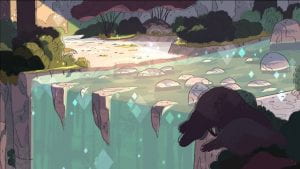In-Depth is finally coming to an end. I can hardly believe that the project is nearly complete, but I have found it extremely rewarding. I learned so much from my amazing mentor, Sarina, and I got to apply everything I learned directly into my own art. I feel very accomplished and satisfied with my learning, and I think my art improved a lot during this time. I took advantage of all learning opportunities I was presented with, and I have become more knowledgeable because of that.
What was a highlight for you and why?
A highlight for me was seeing how my art progressed as I learned new techniques. One very useful way I absorbed this new information is from my mentor drawing her own art during meetings, as I was able to see these techniques in action. I also became closer with my mentor during this process. Below are Sarina’s drawings of the rare horse pig.


What was particularly challenging for you and why?
Though In-Depth has been enjoyable, I still found it challenging at times. I sometimes had trouble getting art done before each meeting, especially towards the end of the project when I became busy with other responsibilities. These past two weeks were some of those challenging ones. I did not go to my dad’s house for a while because I was sick, though I had intended to work on the colour pallets for my Wilbur PMV there. This meant I was not able to progress on that project. However, I managed to finish a different one. The project below is a part for a Multiple Animator Project (MAP) that I have been working on for a few weeks. I showed a frame of it in my previous In-Depth post.
This was my first experience using blend modes, which are effects used to blend a layer with layers below it. Like I mentioned in my fifth post, I found that this technique makes my shading appear more professional and beautiful. I have started using it in almost all my new drawings. For example, last week I was inspired to draw someone’s art in my own style using blend modes. Below is the image created by me, and then that of the original artist, cassandraa (on YouTube). I used blend modes to make the shading fit the colours under it and replicate the text in the original image.

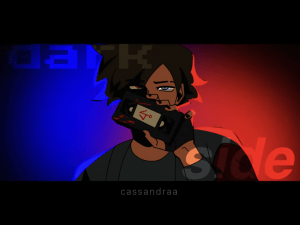
What will you prepare for In-Depth Night?
This event will be my first time presenting a major TALONS project in person, and I want it to be a success. I believe I have come up with an effective method to showcase my project. I plan to print out a few of my best works from this project onto glossy paper and place them around my table. I have printed my art on such papers before, and it looks amazing, so I think that is a better choice than simply showing the drawings on my iPad. Below is an example of my printed art.

I will place the drawings on small stands borrowed from Ms. Mulder. People can look at the printed drawings and ask me questions about the process, techniques used, and anything else. I will also be drawing live at the table. This way, people can see what it looks like to draw a background from scratch. I will be present to discuss my project with anyone who comes by.
